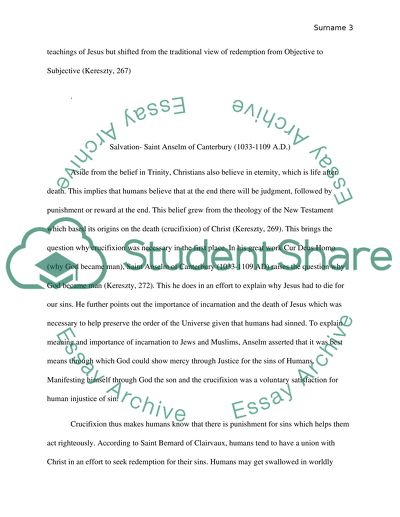Cite this document
(“Classical Christology II Essay Example | Topics and Well Written Essays - 1500 words”, n.d.)
Classical Christology II Essay Example | Topics and Well Written Essays - 1500 words. Retrieved from https://studentshare.org/religion-and-theology/1649215-classical-christology-ii
Classical Christology II Essay Example | Topics and Well Written Essays - 1500 words. Retrieved from https://studentshare.org/religion-and-theology/1649215-classical-christology-ii
(Classical Christology II Essay Example | Topics and Well Written Essays - 1500 Words)
Classical Christology II Essay Example | Topics and Well Written Essays - 1500 Words. https://studentshare.org/religion-and-theology/1649215-classical-christology-ii.
Classical Christology II Essay Example | Topics and Well Written Essays - 1500 Words. https://studentshare.org/religion-and-theology/1649215-classical-christology-ii.
“Classical Christology II Essay Example | Topics and Well Written Essays - 1500 Words”, n.d. https://studentshare.org/religion-and-theology/1649215-classical-christology-ii.


